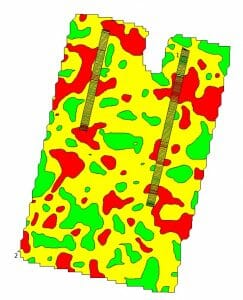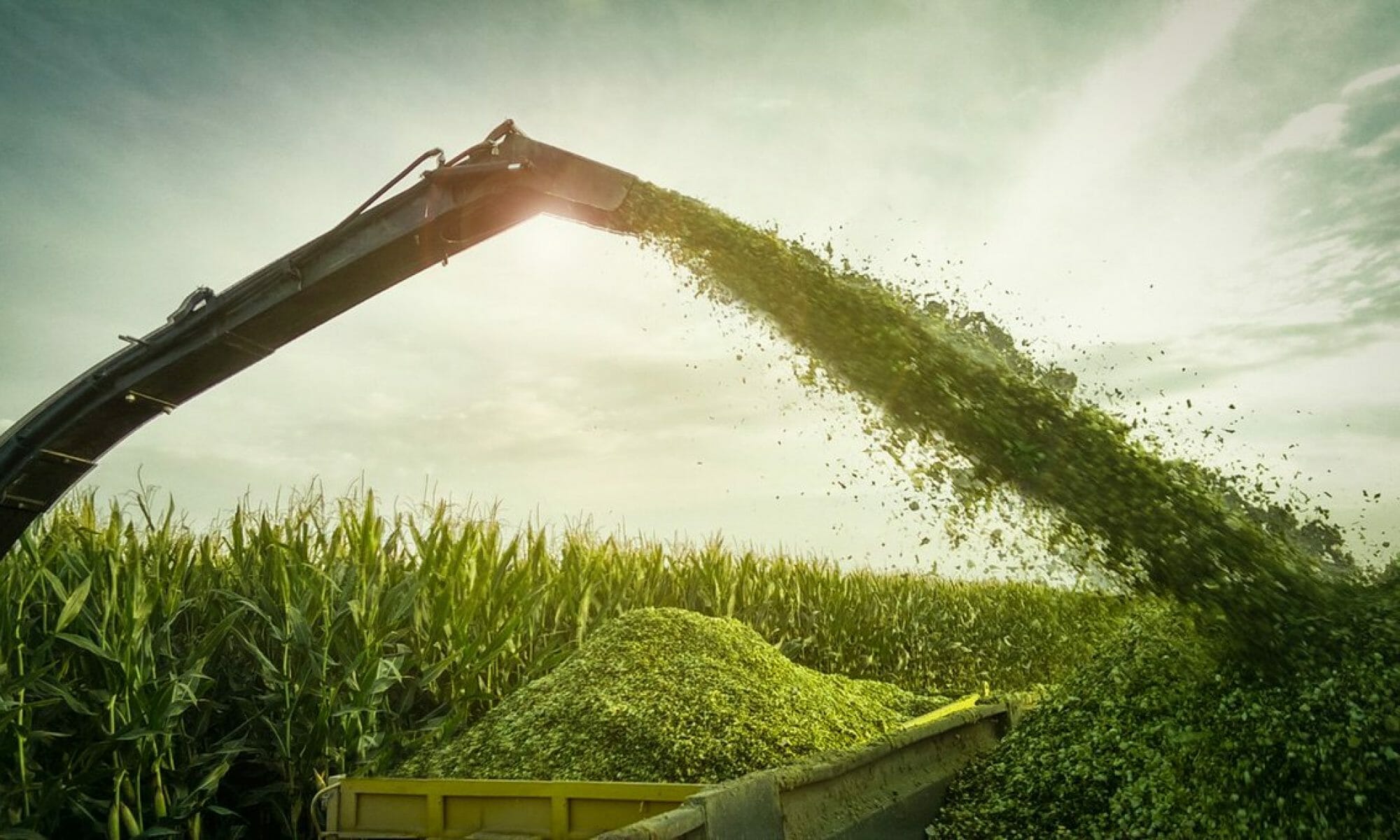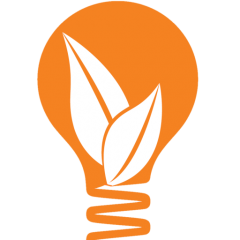In 2017 we conducted a trial using Honeyland Ag Services Staygreen program, variable rate application technology and “I” drops on a highboy sprayer. The goal was to evaluate if there would be any benefit to this approach vs the grower’s normal flat rate.
Notes:
- We went to the field when the corn was approximately V9-10 and collected
 samples of both soil and whole plants.
samples of both soil and whole plants. - Based on the analysis we observed that the nitrogen was much more plentiful in the low areas of the field and the crop demand (determined by whole plant analysis) was relatively even throughout the field.
- We created a VRT prescription that varied based on the topography of the field, crop demand & soil nitrogen supply. separating the field into knolls, middle ground and valleys. The area that received VRT application was just over 5 acres.
- The VRT nitrogen was applied in four (summarized as two) test strips and the rest of the field was applied at the grower’s flat rate. Comparing the VRT strips to the swaths directly beside them the results were as follows:
| West | |||
| VRT | 176 | Bu | |
| No VRT | 170 | Bu | |
| East | |||
| VRT | 190 | Bu | |
| No VRT | 186 | Bu | |
| Farmers No VRT Rate | 30 | Gal | |
| Honeyland VRT Rate | 22.6 | Gal | |
| Yield Increase/Decrease | 5 | Bu | |
| Fert Increase/Decrease | -7.4 | Gal | |
By placing nitrogen where it was needed using a variable rate prescription we reduced nitrogen use by 7.4 gallons and increased the yield by 5 bushels. This represents a total gain of approximately $30/acre.
If you are interested in more information about the Staygreen program please visit: https://www.honeylandag.com/staygreen/

